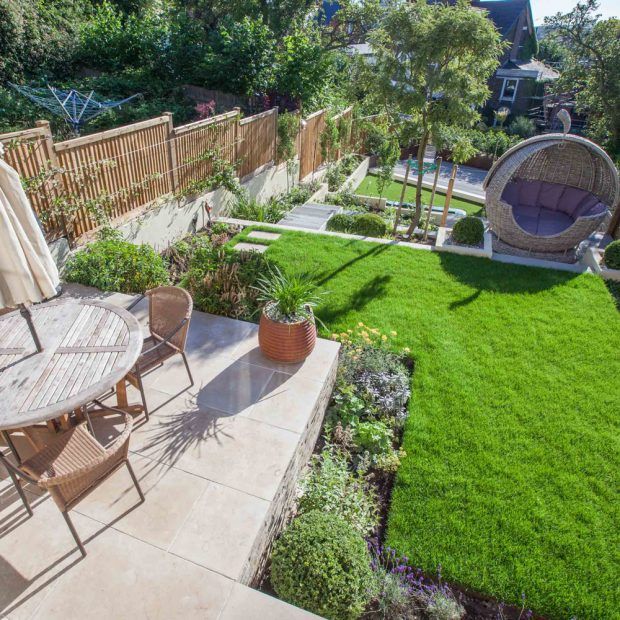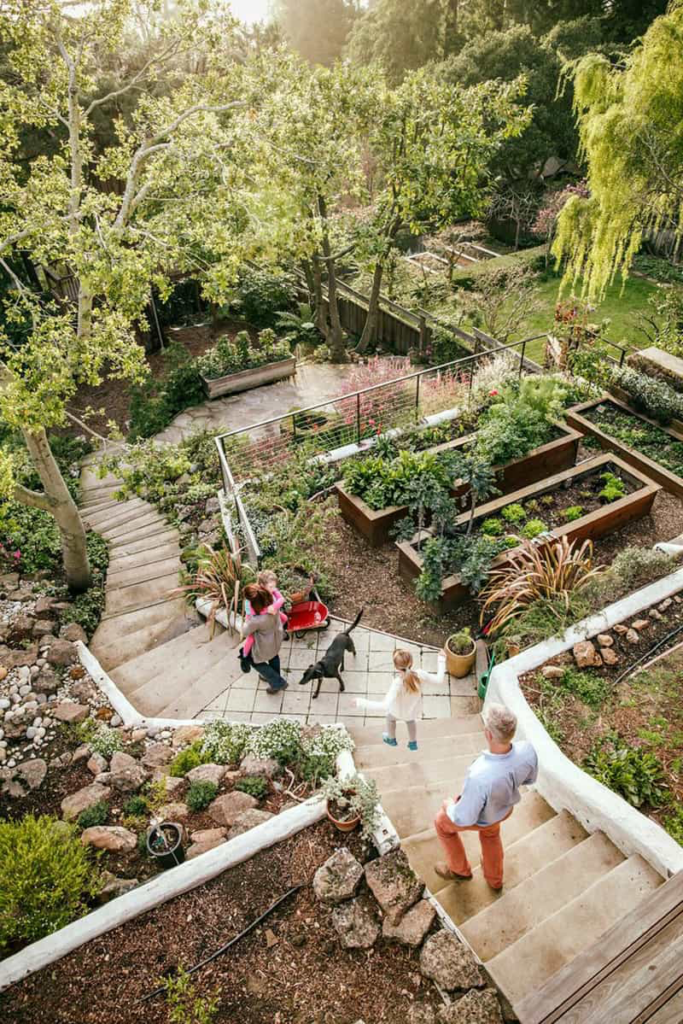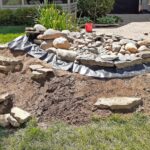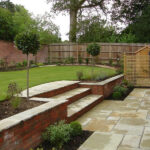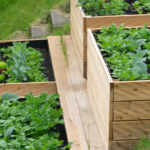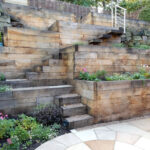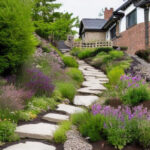Designing a garden on a slope can present a unique set of challenges and opportunities. The natural gradient of the land can be both a blessing and a curse, as it offers the chance to create a visually dynamic space but also requires careful planning to ensure stability and functionality. When tackling a garden design on a slope, there are a few key principles to keep in mind to help you make the most of the space.
One of the most important considerations when designing a garden on a slope is the need for retaining walls or terraces. These structural elements can help to stabilize the soil and prevent erosion, while also creating defined areas for planting and seating. Retaining walls can be constructed from a variety of materials, such as stone, timber, or concrete, and can be integrated into the overall design of the garden for a seamless look.
Another important aspect of garden design on a slope is the selection of plants. It is essential to choose plant species that are well-suited to the conditions of the slope, including factors such as sunlight exposure, soil type, and water drainage. Plants with deep root systems are particularly beneficial for stabilizing the soil on a slope and preventing erosion. Groundcover plants, such as creeping thyme or ivy, can also be used to help hold the soil in place and create a cohesive look.
Incorporating water features into a garden on a slope can add an extra dimension of interest and beauty. Waterfalls, ponds, or cascading streams can help to create a sense of tranquility and provide a visual focal point for the garden. When designing a water feature on a slope, it is important to ensure that proper drainage and grading are in place to prevent runoff and erosion.
Paths and walkways are another important consideration in garden design on a slope. Stepping stones, stairs, or meandering pathways can help to create a sense of flow and guide visitors through the garden. It is essential to carefully consider the placement and materials of paths on a slope to ensure they are both functional and visually appealing.
When planning a garden on a slope, it is also important to consider the overall layout and circulation of the space. Creating distinct areas for seating, dining, or entertaining can help to maximize the usability of the garden and create a sense of cohesion. By carefully planning the layout of the garden, you can ensure that each area serves its intended purpose while still feeling connected to the overall design.
In conclusion, designing a garden on a slope requires careful planning and consideration of a variety of factors, from retaining walls and plant selection to water features and pathways. By following these key principles and taking advantage of the natural gradient of the land, you can create a stunning and functional outdoor space that is both visually appealing and environmentally sustainable.
